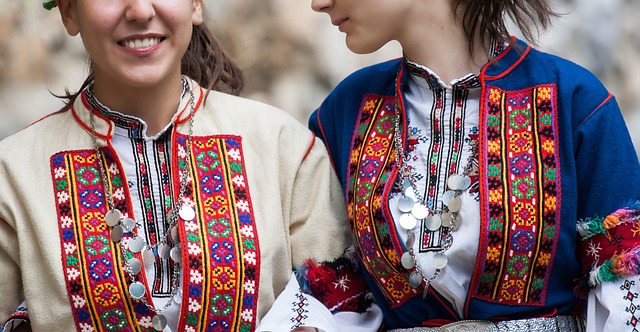Costumes: Clothing, Culture, Tradition, and Design
Costumes are a form of clothing that signal more than personal style; they communicate roles, histories, community values, and creative intent. Whether worn for performance, ritual, celebration, or everyday cultural expression, costumes connect people to festivals, tradition, and collective memory. They balance practical needs with symbolic meaning, and their design often reflects local materials, social structures, and evolving tastes.

Clothing and identity
Costumes function as clothing that encodes identity. Across many societies, the cut, color, and ornamentation of a costume can indicate age, gender, marital status, profession, or clan affiliation. In theatrical contexts, costume choices help shape a character’s social position and emotional arc. For folk ensembles and community groups, standard costumes create a visible group identity while preserving patterns and techniques that have been handed down through generations. Understanding these signals requires attention to both visible features and the historical contexts that produced them.
Costumes at festivals
Festivals are among the most visible contexts for costume use, where clothing becomes collective performance. From carnival parades to seasonal rites, festival costumes often emphasize exuberance, symbolism, and mobility. Many festivals use masks or layered garments to transform participants and mark transitions between ordinary and ritual time. Organizers, local services, and costume rental or maker communities commonly support festival needs, offering tailored pieces or repair services. When attending or producing festival costumes, considerations include durability, weather, and cultural sensitivity, as the public exposure of festival attire often amplifies its meaning.
Costumes and culture
Costumes are deeply tied to culture: they embody myths, regional techniques, and aesthetic systems. Museums and cultural institutions document costume traditions to preserve knowledge such as weaving patterns, embroidery motifs, and dye recipes. At the same time, cultural exchange and migration can blend costume elements, creating hybrid styles. Conversations around cultural appropriation and respectful use have grown in prominence; those who wear or reproduce culturally specific costumes are encouraged to learn about their origins, acknowledge creators, and collaborate with communities where appropriate to avoid misrepresentation.
Tradition and costume evolution
Tradition frames many costume practices, yet costumes are not static. Economic shifts, technological innovation, and changing social norms influence how traditional garments are made and worn. Revival movements sometimes restore older techniques, while contemporary designers might reinterpret motifs for modern contexts. Practical pressures — such as the availability of materials or the desire for sustainable sourcing — also reshape tradition. Tracking these changes helps communities adapt while preserving the skills and meanings that give costumes their enduring resonance.
Design, materials, and craftsmanship
Design is where concept meets craft: silhouette, color, pattern, and construction determine how a costume performs visually and physically. Materials range from natural fibers and hand-dyed textiles to synthetics and mixed-media elements. Craftsmanship techniques — tailoring, appliqué, beading, and millinery — influence durability and movement. Designers often balance historical accuracy with wearer comfort and accessibility, especially for repeated public use. Increasingly, sustainable materials and ethical production practices are considered in costume design to reduce environmental impact and support artisan livelihoods.
Costumes occupy a practical and symbolic space in human life, linking clothing to festivals, culture, tradition, and design. They preserve and transmit histories while adapting to changing contexts, and they bring communities together through shared performance and expression. Whether approached from an anthropological, artistic, or practical perspective, costumes reveal how material culture shapes social meaning and personal identity.






